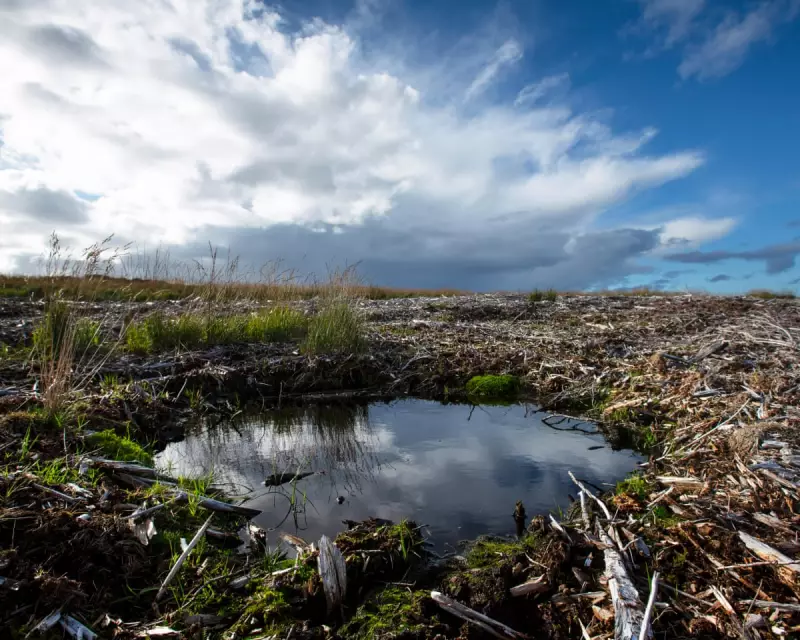
Scotland's leading nature agency has unveiled a contentious new approach to environmental funding that could reshape how conservation projects are financed across the country's most precious landscapes.
A New Funding Model for Scottish Nature
NatureScot, the government body responsible for Scotland's natural heritage, has confirmed it is actively pursuing private investment to support conservation work. This strategic shift comes as traditional funding sources face increasing pressure, with the agency acknowledging that public money alone cannot meet the scale of environmental challenges.
The new approach would see private investors funding specific conservation projects, such as peatland restoration and native woodland creation, with returns generated through the emerging market for carbon credits and other environmental benefits.
Balancing Conservation and Commercial Interests
While environmental groups have welcomed the potential for increased funding, significant concerns have emerged about the implications of commercial involvement in protected landscapes. Critics worry that profit-driven priorities could overshadow core conservation objectives, particularly in nationally important sites.
"There are genuine fears that this could lead to 'greenwashing' or situations where commercial interests compromise conservation goals," noted one environmental policy expert familiar with the discussions.
Safeguards and Scrutiny
NatureScot has moved to reassure stakeholders that robust safeguards will be implemented. The agency emphasised that any private investment would be subject to strict conditions to ensure conservation outcomes remain paramount.
Key protections under consideration include:
- Mandatory adherence to established conservation standards
- Independent verification of environmental outcomes
- Transparent reporting requirements for all funded projects
- Clear exit strategies should projects fail to deliver promised benefits
The Funding Gap Challenge
The push for private capital reflects the growing recognition of a substantial funding shortfall in Scotland's environmental sector. With biodiversity declining and climate targets becoming more ambitious, traditional grant-based funding models are increasingly seen as insufficient.
"We're facing a biodiversity crisis that requires unprecedented levels of investment," a NatureScot spokesperson explained. "Exploring innovative funding mechanisms is no longer optional—it's essential if we're to meet our nature restoration commitments."
Political and Environmental Reaction
The strategy has generated mixed responses across the political and environmental spectrum. Some see it as a pragmatic solution to funding constraints, while others view it as a dangerous commercialisation of Scotland's natural heritage.
As Scotland positions itself as a leader in rewilding and nature recovery, the success or failure of this new funding approach could have far-reaching implications for conservation efforts across the UK and beyond.
The coming months will be crucial as NatureScot develops the detailed framework for private investment, with close scrutiny expected from conservation bodies, community groups, and political stakeholders alike.





